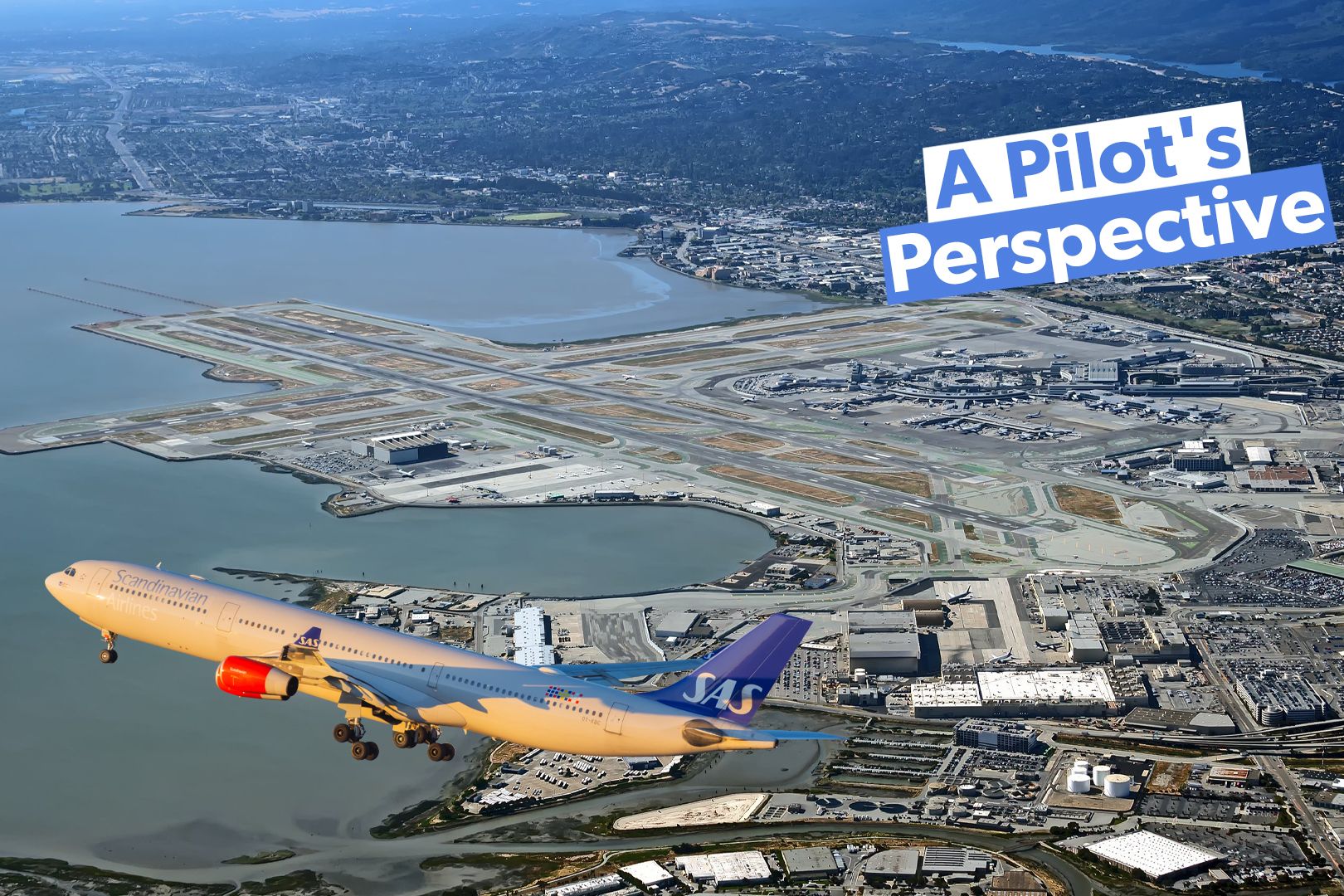As Northern California's most prominent and busiest airport, San Francisco International Airport (SFO) is a gateway from the Bay Area to the world. The airport is one of the few worldwide with two sets of parallel intersecting runways and boasts wonderful terminal and ramp views. Few other airports offer consistently visible parallel approaches and departures all day long.
San Francisco is also one of the largest international gateways in the United States. A testament to this is Lufthansa's decision to choose SFO as one of the debut destinations for its new Allegris cabin product. Accordingly, SFO deserves an article that addresses the airport from a pilot's perspective.
Here are some insights and tidbits into the operational experience at San Francisco International. Parallel runway operations One of the biggest differences between SFO and other large airports is the volume of simultaneous close parallel traffic that operates into and out of the airport. Furthermore, it seems like SFO handles more crossing traffic than other airports because of its cross-shaped mid-field runway intersection points.
San Francisco can, at times, seem like a fast-paced symphony of parallel landings and departures because of how well controllers take advantage of the minimum allowable space and time between operations. The normal and preferred traffic flow at SFO uses runways 1L/R for "light" departures, while runways 28L/R are used for semi-staggered parallel landings. Runway 28L is used for p.


















